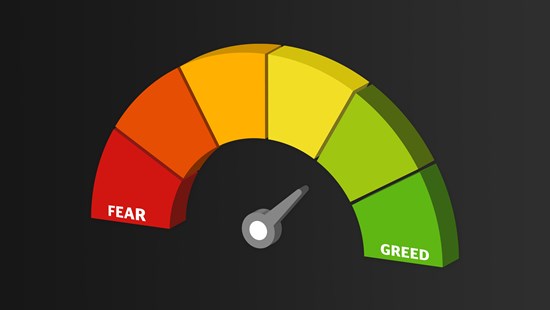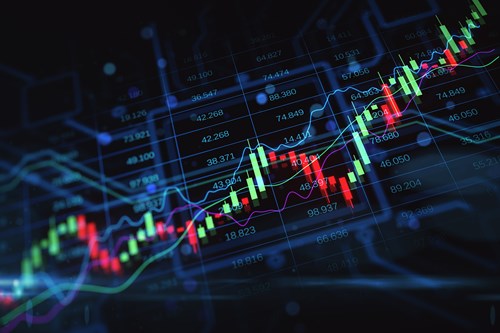
It is very tricky to time the market, largely because we have absolutely no ability to see into the future with any degree of certainty. This doesn't stop many from trying, deploying a number of techniques and performing a wide range of analyses in an attempt to improve their odds of being correct.
The problem is that the market is driven, over the short term at least, by sentiment – good old fear and greed. There are sophisticated actors in the market looking to identify short-term trends that can exacerbate price movements as they exploit such trends and exacerbate them – reinforcing the price drives sentiment flywheel in the process.
It pays to take note when sentiment reaches extreme levels, as this is often the time when the price has run its course in one particular direction and the likelihood of a reversal is greatest. It's not foolproof as extreme sentiment levels can persist, but nothing lasts forever.
Counter-positioning yourself to sentiment when it has reached an extreme level can yield spectacular results. However, doing so can also be an uncomfortable experience as you are opposing a very common and persuasive narrative, often making it difficult to rationalise and justify, even if the underlying fundamentals suggest it is the right thing to do.


A notion that may help justify such a stance is the fact that markets are very effective at discounting the future. When 'it' suspects the facts have changed, the change in perception can get repriced very quickly.
The re-pricing is usually a reversion to where the market should be trading, based on the latest known information. Remember, markets are discounting the future and unless there is a reason to doubt the current course of direction, the trend is your friend.
Reversals at sentiment extremes can be very violent affairs as investors who stand to lose the most reduce their exposure or exit their positions altogether. Those caught on the wrong side, especially those who are leveraged (investors who have borrowed money to fund their trade), will find themselves in a tight spot with margin calls forcing them out of their positions at any price in what is commonly referred to as a short squeeze. Short squeezes can take prices too far the other way, especially in less liquid markets, so a market may take a bit of time and consolidate before price equilibrium can be achieved. New information will either confirm the inflection and provide the fuel necessary to start a new trend, or it may cast sufficient doubt over the reversal, allowing the prior trend to reassert itself.
Some people have very little problem pivoting on a dime and relying on little substantive evidence that a change is occurring. The majority of us, however, need confirmation before acting, although by the time such confirmation has materialised the market may already have moved. More often than not, the first movers are those seeking to cut their exposures as they find themselves in a vulnerable position. This can, of course, happen at any time but it is when sentiment is so extreme that the moves become over-exaggerated. Why? Because during periods of extreme sentiment, most participants are similarly positioned.
A recent example of this was last week when US Treasury yields started to weaken. We are now reading reports that a short squeeze in Treasury futures occurred when hedge funds found themselves to be overly exposed to a net short position that had reached extreme levels just prior to a smaller-than-expected US bond auction and the release of weaker economic and jobs data.
The squeeze has resulted in rallying bond and equity prices. Markets will now be looking for signs that rate cuts will likely happen sooner rather than later – adding extra fuel to lower rates and more pressure on net sellers. This could add fuel to the rally in the short term but the reasons behind rate cuts are not always positive. If the short-squeeze persists and momentum shifts, sentiment will improve, and greed will replace fear – even in the face of deteriorating fundamentals.
In an uncertain world, it may pay to keep a closer eye on sentiment readings and prepare yourself for a reversal of trend when they reach extreme levels.

